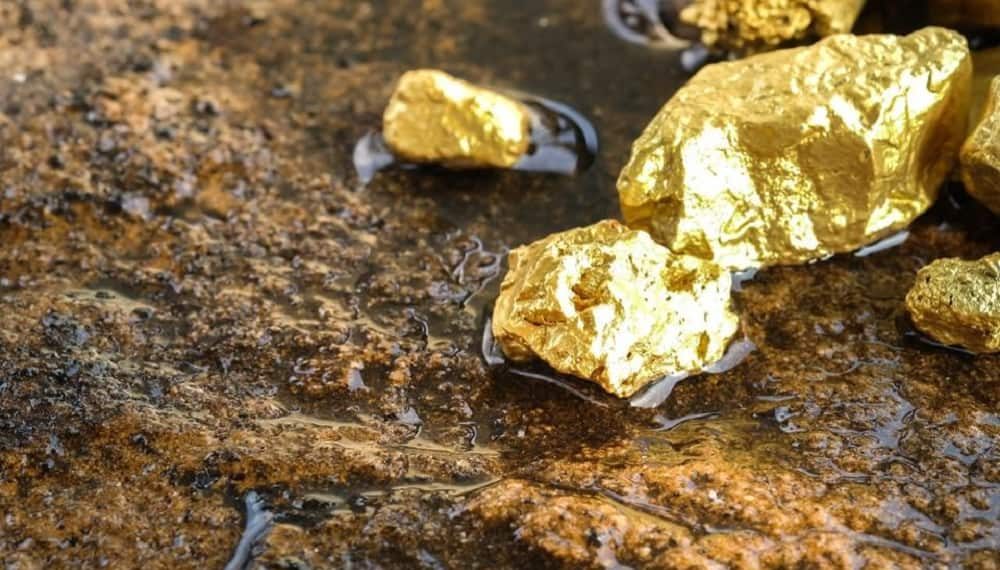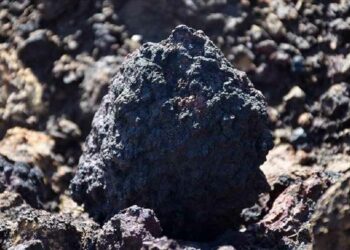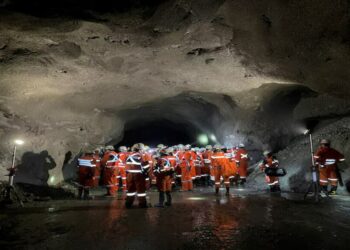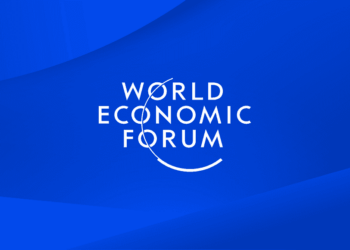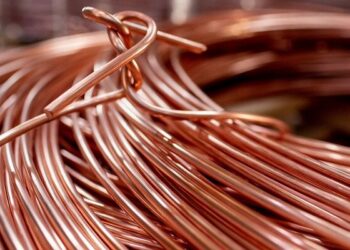Karora Resources has planned to increase production by 1.2 million tonnes at the Beta Hunt gold mine in Western Australia to help double the company’s production guidance.
The production increase will be achieved by constructing a second decline at the underground site, increasing underground mine production to 2 million tonnes per annum by 2024 from 800,000 tonnes per annum in 2020.
This will form part of Karora’s three-year production and cost guidance to boost gold production to 185,000 to 205,000 ounces by 2024 at an all-in-sustaining-cost (AISC) of $US885 ($1,178) to $US985 per ounce.
Karora’s gold production guidance for 2021 is 105,000 to 115,000 ounces.
The company also plans to commence the phase two expansion of the Higginsville processing plant, located 75 kilometres south of Beta Hunt, which will increase throughput to 2.5 million tonnes per annum by 2024.
Karora’s phase I expansion of Higginsville from 1.4 million tonnes per annum to 1.6 million tonnes per annum is currently underway.
According to Karora chairman and chief executive officer Paul Huet, the growth plan will double its output and reduce costs over the next three years.
“I am extremely pleased to announce our organic growth plan, which includes a three-year ranged guidance profile that is based on Karora’s 2020 year-end mineral reserves and mineral resources announced on December 16, 2020,” he said.
“This growth plan to increase gold production from 99,249 ounces in 2020 to a range of 185,000 to 205,000 ounces in 2024 is, importantly, driven via the expansion of our primary asset – Beta Hunt.
“Over the past two years, we have optimised, improved and executed extremely well across our operations, with Beta Hunt leading these efforts.
During this period, we have delivered seven consecutive quarters of reliable and robust production despite operational, weather and pandemic-related challenges.”



